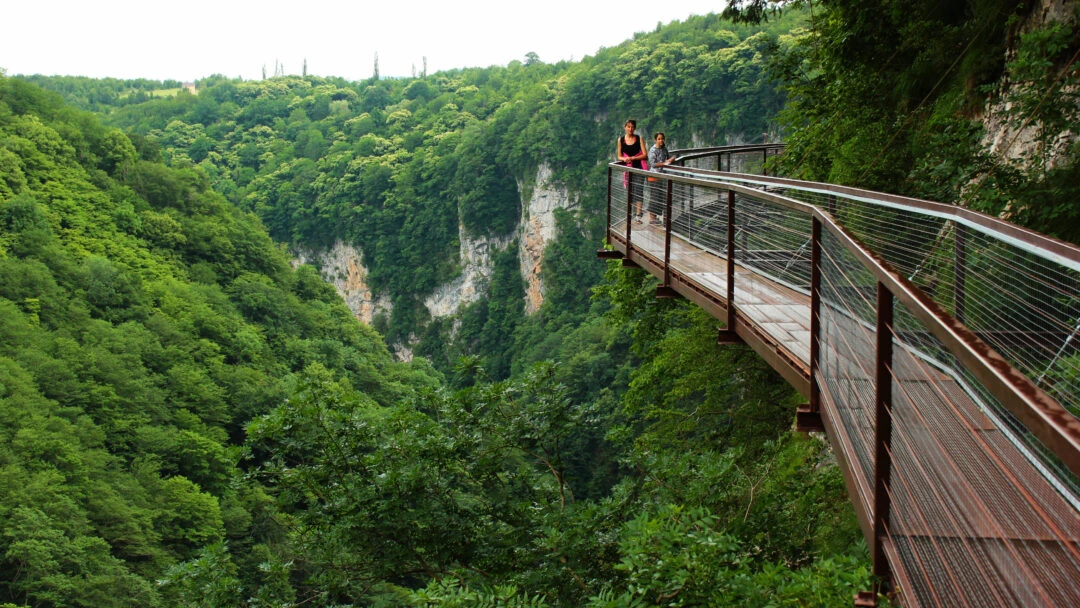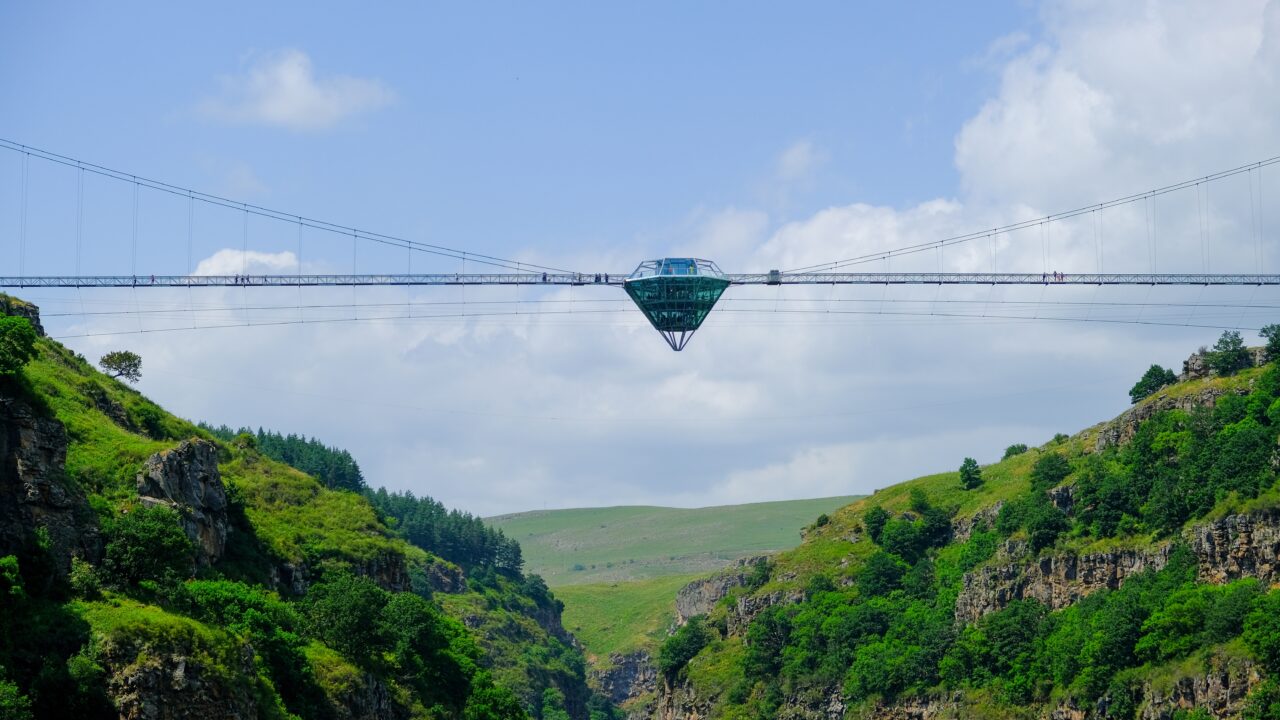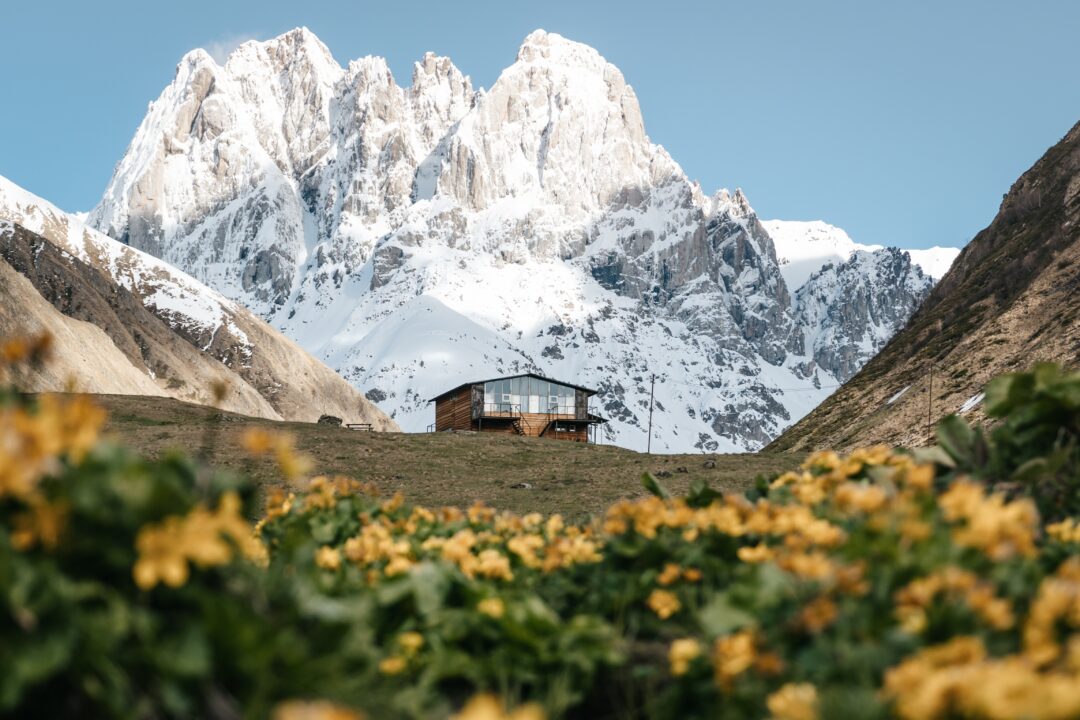Georgian History for Newbies: Ancient Times
When you first told friends and family that were planning a trip to Georgia, you may have heard something like “Wow, I’ve always wanted to go to the U.S.!” or “I heard Savanna is great this time of year.” You may have answered them back about going to the country and not the state, producing looks of confusion with a mix of bewilderment and incredulity. After a moment they may have brightened up with a revelation, “Ohh! Russia?”
Most people have no idea that there is more than one Georgia in the world. Some may vaguely remember a handful of events that made the world news like the Rose Revolution and the 2008 War but probably nothing more. It’s a fair bet that the majority of the world’s population are in the dark about Georgia.
So let’s turn on the lights!
This is the first in a series of four primers giving you a quick and dirty overview of Georgia’s immense and convoluted history. This series will focus on four main eras: Ancient Times, Georgia’s Medieval Golden Age, The Occupations, and Modern Times.
First of Their Kind
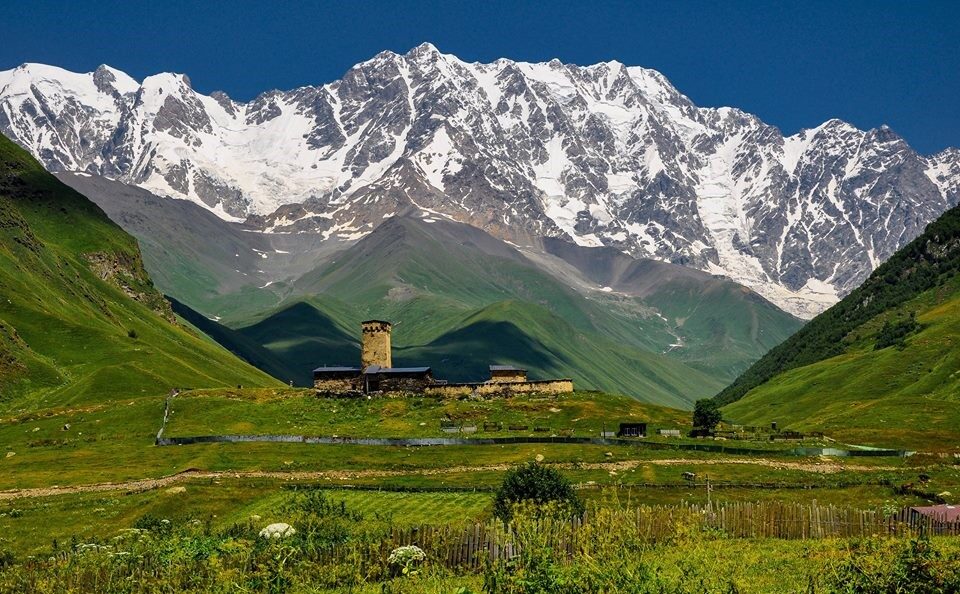 Photo Source: Georgian Journal
Photo Source: Georgian Journal
Georgia is an area a little smaller than the state of South Carolina, smaller than Ireland or Sri Lanka. It is nestled between the Black and Caspian Seas and the countries of Turkey, Russia, Armenia, and Azerbaijan. It sits in the middle of a region that doesn’t neatly fit into any of the seven continents of the world. Depending on the era and the cartographer, Georgia is in Europe, Asia, or is literally the border between the two. What can be agreed upon is that it sits directly in the middle of the Caucasian Mountain Range and is very, very old.
As recently as 2009, human remains were unearthed in Georgia that date back to before civilization was even a thought in our collective conscience. In the medieval village of Dmanisi, human remains were found that were nearly 1.8 million years old. These paleolithic remnants are the oldest known in Eurasia and the oldest European ancestors that have ever been found. Along with the bones, stone tools were discovered that showed a small but sophisticated group of inhabitants that worked on specialized tasks. A Daily Mail article wrote that the remains were, “a stunning archaeological discovery [that] suggests our primitive ancestors left Africa to explore the world around 800,000 years earlier than was previously thought before returning to their home continent.”
Whether the above is true or not, do know that people have been falling in love with Georgia since the beginning of time as not everyone ended up back to Africa. Some excavations in the Satsurblia Caves have shown groups living before and after the last Ice Age (~25,000 and 17,000 BCE). A bit of DNA was recovered from one of those skulls that revealed the person was male and one of the first discovered people to have had light skin and blue eyes. His genetics is closest to the Caucasian Hunter-Gatherers known to have lived in Georgia from as early as 45,000 BCE, surviving through the worst of the last Ice Age.
The Oldest Vintage
As more people groups migrated from Africa and The East, Georgia developed a sophisticated and advanced culture. The Shulaveri-Shomu and Kura–Araxes cultures (8000 ~ 6000 BCE) make up much of the shared heritage of Georgia with its Caucasian neighbors today. The Shulaveri-Shomu culture lived in an area that is now shared by Georgia and Azerbaijan. They were skilled in metallurgy and worked with obsidian tools to cultivate crops as the first agrarian society in the region.
Somewhere along the line, the Shulaveri-Shomus got their hands on some grapes and the area hasn’t been sober since. Near the village of Imiri, a collection of seeds, skins, and wine-making tools were found last year dating back to the 7th Millennium BCE. Even today, nearly every household in the nation’s villages has a vine or ten from which they harvest and vint. Wine–its cultivation and consumption–is nearly as old as Georgia’s inhabitants themselves and continues to play a central part in their pride and identity.
Settling In
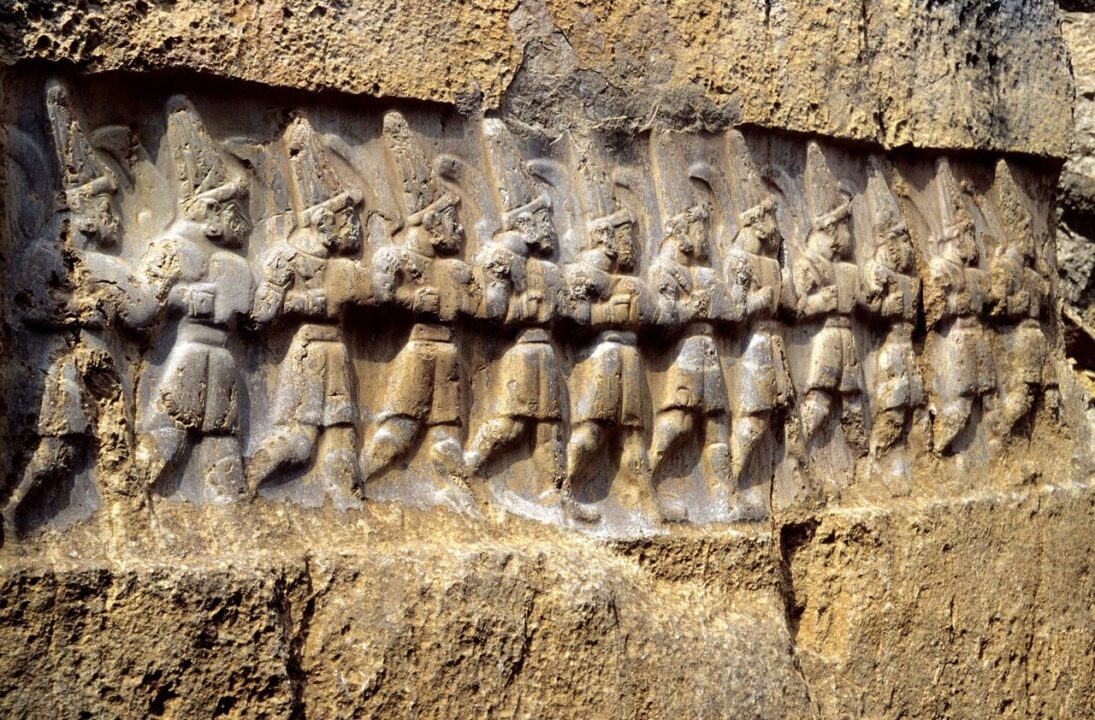 Photo Source: Kirskhi 2 Schooll
Photo Source: Kirskhi 2 Schooll
As time progressed, more people groups emerged and organized and the beginnings of a civilization developed. In the 13th Century BCE, coalitions of tribes bound themselves together as the western coastal regions of Georgia formed the Kingdom of Diauehi and the Kolkhis Kingdom further north. These two groups became Georgia’s first nation-states. It was here that the people developed the beginnings of Georgia’s main linguistic dialects: the Zan became Megrelian; Svan in Svaneti, Abkhasia, and in the mountain regions; and modern Georgian with the Kartvelians to the East. The Diauehi were a strong alliance and were able to defend against ancient marauders like the Hittites, Assyrians, and Medes but ultimately disappeared from history 400 years later when the Kolkhis invaded and absorbed their neighboring cousins. The kingdom quickly grew in power and influence and, in time, established their capital in present day Kutaisi.
The Kolkhis Kingdom didn’t stay on top for long as they soon lost their newly acquired land to the Persians and later became subjects themselves in the 8th Century BCE. Even though the kingdom was dissolved and split, the northern parts did manage to retain general autonomy. That status, however, came with the price tag of submitting to a royal governor and a tribute of 100 boys and girls each, every five years.
Helena Comes to Visit
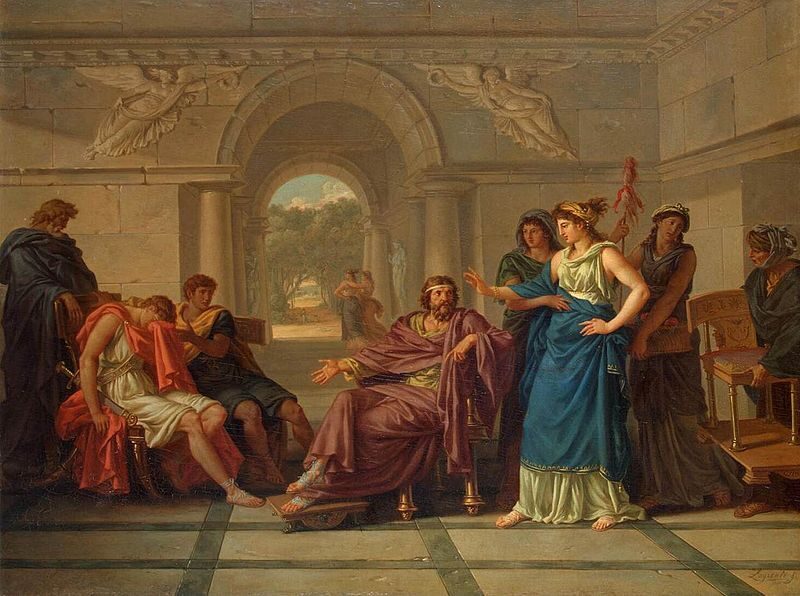
Photo Source: Greek Legends and Myths
Beginning around 1000 BCE, Greece started exploring the “furthest reaches of the Earth” and discovered the Kolkhis who had settled on the western shores of the Black Sea. Here they established the colonies of Poti, Sukhumi, and Rize and became enamored with the land and its people. One of the many origin stories of why the area was named Georgia (as opposed to the native Saqartvelo) is that the Greeks found the natives working diligently in the lands lush, fertile soil naming them γεωργός, “tiller of the land”. Scholars treat this story more like a legend and are more convinced that it came from the Persian name for the areas near the Caspian Sea as Gorgan, “land of the wolves”.
Regardless, just like the Palaeolithic Africans, the Greeks didn’t have the heart to leave Kolkhis and instead established trade routes and sea ports on the shores of the Black Sea along with trendy resort getaways in places like Vani.
Georgia was literally an epic landscape for these people. The legendary story of Jason and the Argonauts takes place in Georgia with him and his crew journeying through the Kolkhis Kingdom and eventually meeting King Aeneid in the Kolkhis capital, Kutaisi before running away with his daughter Medea. The story focuses on his quest to find a golden fleece, which is a reference to a very real practice by Georgian prospectors using a fleece of wool to sift through fine dirt as they mine for gold. As old as it is, it is the legend is still cherished today and is a well-worn reference in many of the country’s tourist areas.
A Kartveli Introduction
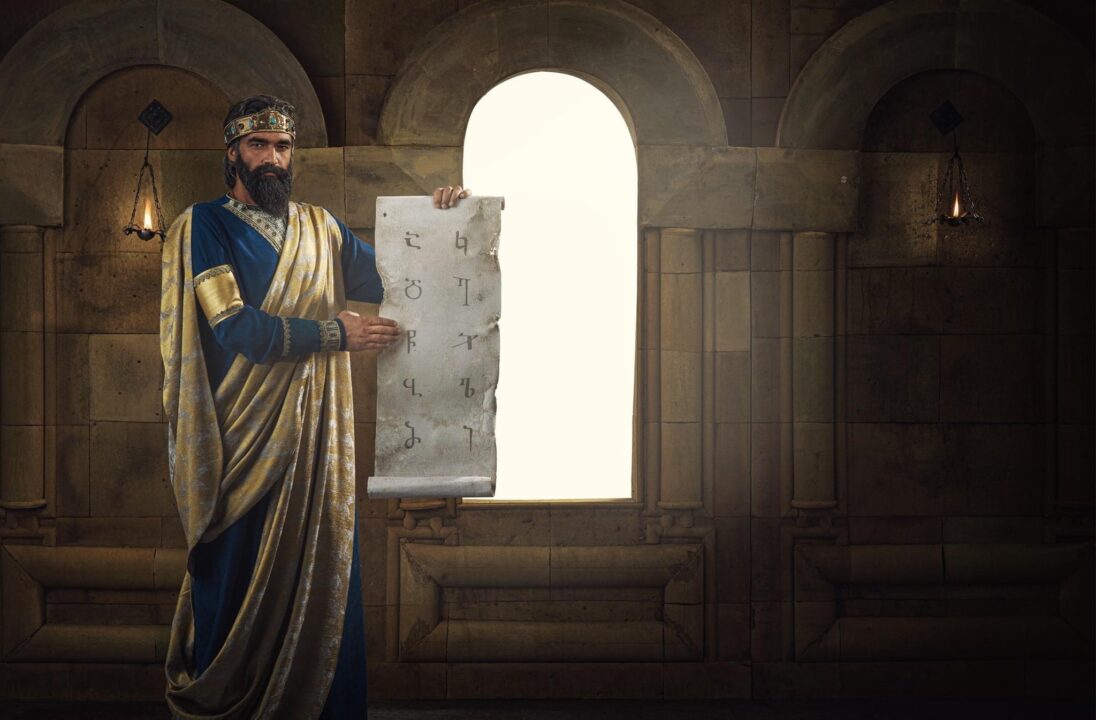 Photo Source: Reddit
Photo Source: Reddit
There were two main kingdoms in Georgia during the peak of Hellenic interest; The Kolkhis along the Black Sea and the Iberians in what is now Central Georgia. Georgia never had an “Iberian” kingdom though as that was a name that Eastern Europeans gave them. Georgians refer to this kingdom as Karli which serves as the root of their nation’s name, Sa-qart-velo, in their native tongue. Kartli could be considered the zygote of Georgia’s identity as a nation and its ethnic heritage as it set up and the foundations of what it means to be Georgian both culturally and religiously.
After the fall of the Persian Empire, Georgian tribes squabbled amongst each other for two hundred years in petty power struggles. Eventually, the tribes that settled near Mtskheta prevailed in 302 BCE and Prince Pharnavaz was crowned King of Kartli. He continued to unite the Georgian tribes and retook some of the land the Kolkhis lost earlier but their independence was short lived as the 3rd Century ushered in wars between the surrounding superpowers of the Armenians, Romans, and Persians who often times fought over Georgian land.
An Enemy Today is A Friend Tomorrow
From end of the 2nd Century BCE to 888 CE, South Caucasus became a constant see-saw of Kartli’s status swinging between a subjugated providence, to a pledged vassal, to an independent ally as each of the major powers from antiquity locked horns over control of the Silk Road and its surrounding regions. The Romans, Byzantium, Persians, Armenians, Arabs, and Seleucids all spent time in Georgia as guests who overstayed their welcome.
In English, you say “Good morning” and “Good night”. “Goodbye” is a contraction of “God be with you.” and we will commonly say “Good luck” if we wish something to go well for someone. Essentially, we put blessings of positivity and hope upon each other. Georgians greet each other with “Morning’s peace” (dila mshvidobisa). A common response to a “Hello.” is “May you win!” (gagimarjos). Georgians wish victory upon one another against the enemies of life and desperately want the world to leave them alone.
Children of God
 Photo Source: Issuu
Photo Source: Issuu
Somehow, during this politically schizophrenic time Kartli had a good amount of independence in and around 320 CE. They received a little known Cappadocian missionary named St. Nino who would completely upend Kartli culture and establish one of the core identities of its ethnic people.
Traditional histories have St. Nino fleeing persecution from an Armenian king and beginning her ministry in Kartli, preaching in the town of Akhalkalaki and later traveling north to Mtskheta, the kingdom’s capital at that time. It was there that Queen Nana took an audience with St. Nino and asked for her help with overcoming an unnamed grave illness that she was suffering from. Through St. Nino’s prayers the queen was cured and she in return devoted herself to Christ. Her husband, King Mirian III, was furious and refused to accept his wife’s conversion until some time later, while on a hunting trip, he was overcome by sudden darkness and blinded. In desperation, he prayed to St. Nino’s god and his sight was immediately restored. After being baptized, he declared Christianity the kingdom’s official religion in 326 CE making Georgia the second oldest (or third, depending on who you talk to) Christian nation in the world.
This is an identity that Georgians take the biggest pride in considering how many churches you can see on any given street corner or hilltop, their household shrine of icons, and their near OCD compulsions of crossing themselves when coming within eyesight of any church.
Understanding Georgian history is essential to understanding the Georgian point of view and appreciating the vastness and depth of their culture. This is by far not a complete history as there are many more things that we could have talked more about (like its writing and language) but at least you now know enough to understand Georgia is something vastly different from Russia.
The next segment will be on Georgia’s Medieval Golden Age with kingly queens and life-threatening worship.
We created Memo — a brand where Georgian memories come to life.
Visit Memo By GSH and take a piece of Georgia with you – Www.memories.ge


